Why it’s never too late to learn from Holocaust survivors
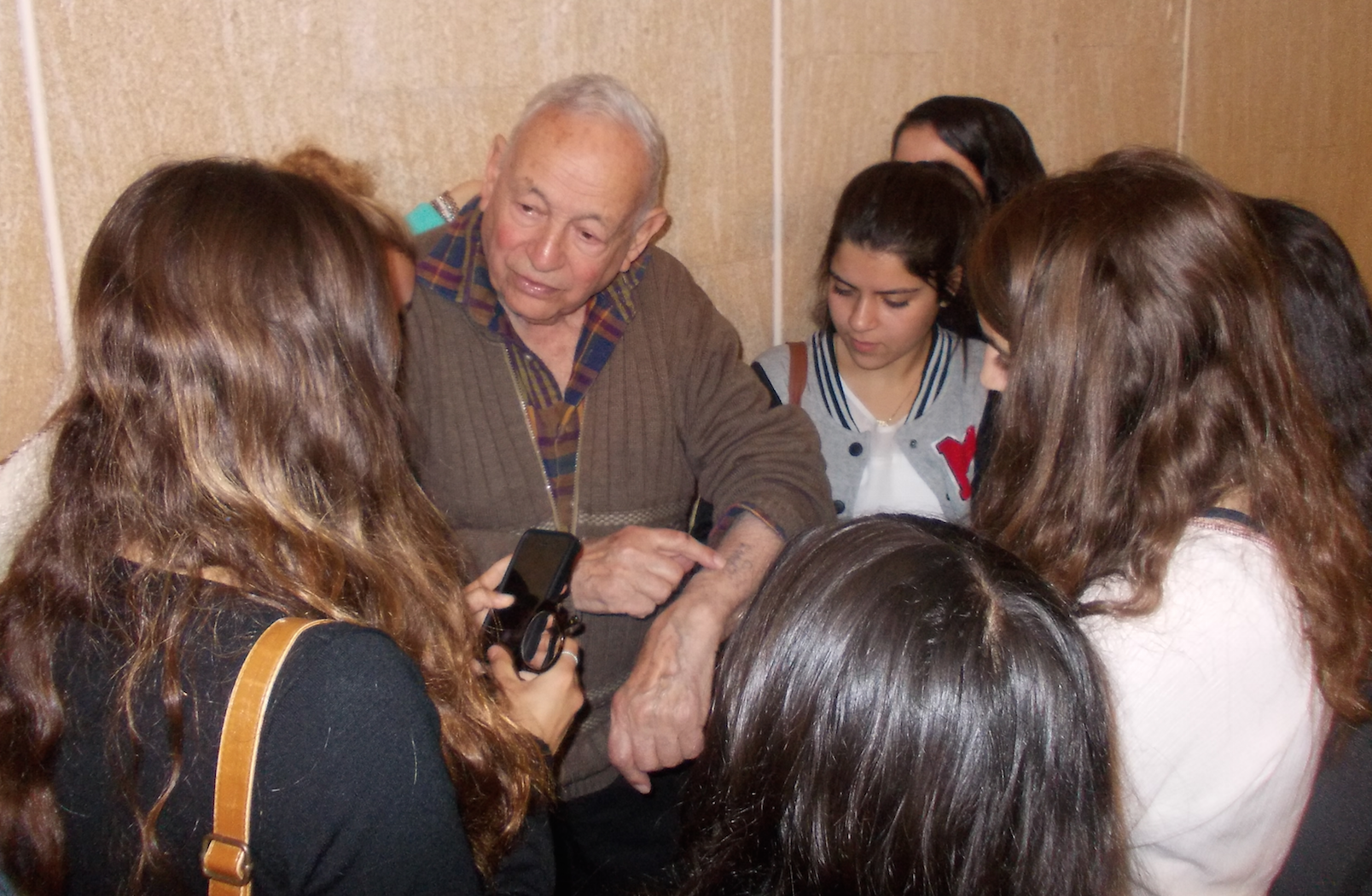
On the 75th anniversary of the end of the Second World War, a Holocaust survivor talks about his time recovering in Switzerland and the president of a survivor support foundation discusses the importance of educating people about what happened.
Around 450 Holocaust survivors live in Switzerland. Globally, numbers vary greatly. The continued threat of anti-Semitism has forced them to protect their identity.
Thomas Geve survived four concentration camps. He arrived at Auschwitz II-Birkenau aged 13 and was liberated from Buchenwald aged 15. He has never forgotten the time he spent on the Zugerberg mountain in central Switzerland. In the summer of 1945, he and 106 other children were sent by the Red Cross to Switzerland to begin their recovery from the horrors they had experienced inside Hitler’s concentration camps.
Charlie Inglefield is the editor and co-author of Thomas Geve’s forthcoming book, The Boy Who Drew Auschwitz.
Zug’s attractive Alpine scenery, together with care provided by the Felsenegg Young People’s Home, gave Geve a chance to recuperate. Switzerland inspired him to tell his story and reveal his heartbreaking drawings of life in a concentration camp.
As a witness of the Holocaust, Geve, now 90, is still tirelessly educating audiences from all over the world at Jerusalem’s Yad VashemExternal link Holocaust remembrance centre.
‘Never too late’
Time is running out to hear and learn about these unique stories from survivors like Geve, but it’s never too late, as Anita Winter explained in her offices in Zurich.
Winter is the president and founder of the Gamaraal FoundationExternal link. She shares Geve’s vision of ensuring that the accounts of Holocaust survivors continue to be told. There is a 10% annual mortality rate among the survivors living in Switzerland and, for Winter, listening and learning from survivors grows ever more important.
“We will never be able to replace the eyewitnesses. It is important to listen to their stories. These are the last Holocaust survivors,” she said.
Winter’s parents survived the Holocaust. She is the second generation and it is in her blood. Winter’s father was hidden in a cupboard on the night of Kristallnacht in Berlin in 1938, when Jewish-owned properties were ransacked and smashed. Her mother was constantly on the move, jumping from a deportation train heading to the East and living under a false name in a French Christian Monastery.
She says the foundation’s inception came after a meeting with the former Israeli Social Services Minister Isaac Herzog in 2013.
‘Isaac Herzog was asked what they could have done better. He said we did not look after the Holocaust survivors well enough. This was a big shock to me,” she said.
Education and support
More than half of the Holocaust survivors worldwide live on the poverty line. This stark revelation inspired Winter to set up the Gamaraal Foundation. She says the response within Switzerland and from around the world has been remarkable since Gamaraal’s launch in 2014.
“Initially money came in from wealthy Holocaust survivors, closely followed by children of Nazis who wanted to do good. Funding now comes from all over the world,” she said.
There are two key objectives to the Foundation’s work: education and supporting the Holocaust survivors in Switzerland. The education project that Winter set up continues to evolve and grow.
“We have record numbers of students and teachers who attend when a survivor comes to speak and give his or her testimony. The survivors talk about how they entered Switzerland and built up a new life as well as their story before and during the war,” she said.
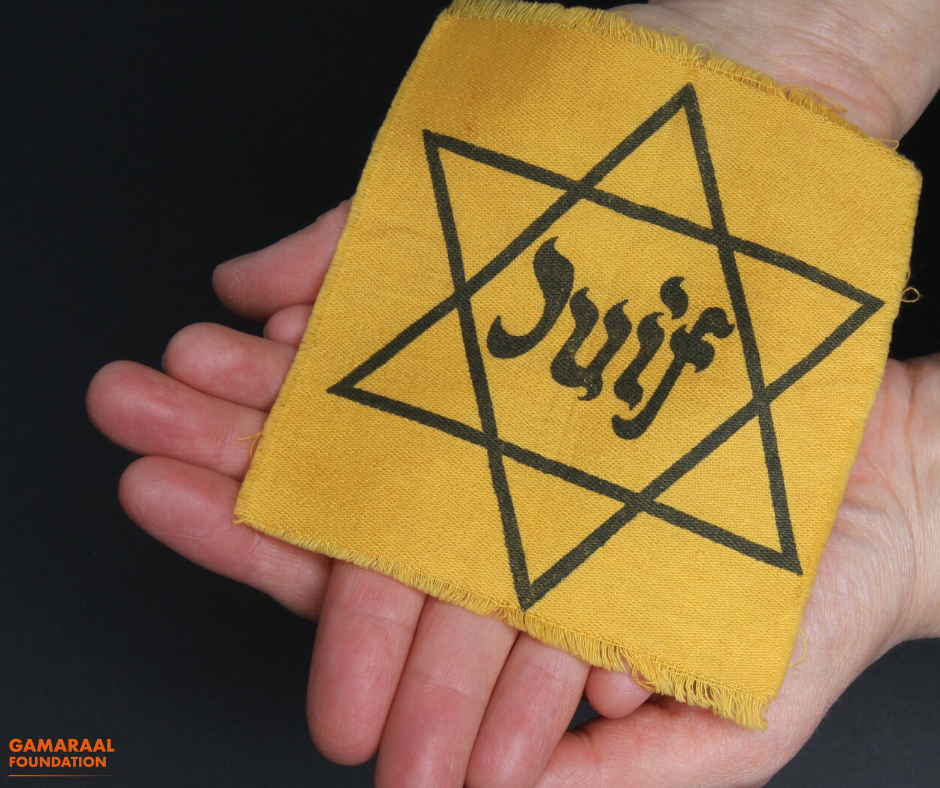
Such is the demand from teachers and schools across Switzerland that Gamaraal now provides education packs that include video interviews by survivors in different languages.
The Last Swiss Holocaust Survivors ExhibitionExternal link has perhaps been Winter’s greatest achievement. Exhibited are powerful texts, videos and photographs of survivors who are living today in Switzerland that have attracted audiences around the world.
Swiss recovery
Geve’s painfully accurate drawings of life in a concentration camp have been universally known for the past 60 years.
“I wanted to draw what so many others and I had gone through. I was afraid that nobody would believe me if I told them what had happened,” said Geve, who has lived in Israel since the 1950s.
Children like Geve had the opportunity to express their grief and feelings. It was a form of therapy that allowed many of them to start the long road back to living a new life after the terrors of the Holocaust.
In Switzerland, Geve felt emotions that he had barely experienced in his short life. Kindness for one. Hans, a volunteer nurse from Rheinfelden, and his family took Geve in and gave him the support that he scarcely thought possible. It was also Hans who inspired him to write about his memories and to realise the potential significance of his drawings.
Switzerland gave Geve hope that he could have a future. Even small gestures meant a lot to him. He received a doughnut from an elderly nurse on Swiss National Day while recovering from scarlet fever; on top of the doughnut was a small Swiss flag that said, “We want you to feel at home with us”. Geve never forgot this moment.
“This little gesture reminded me of how far I had come and of the human kindness that, despite everything that had happened, the world seemed to offer. This worked like a tonic to lift my spirits,” he said.
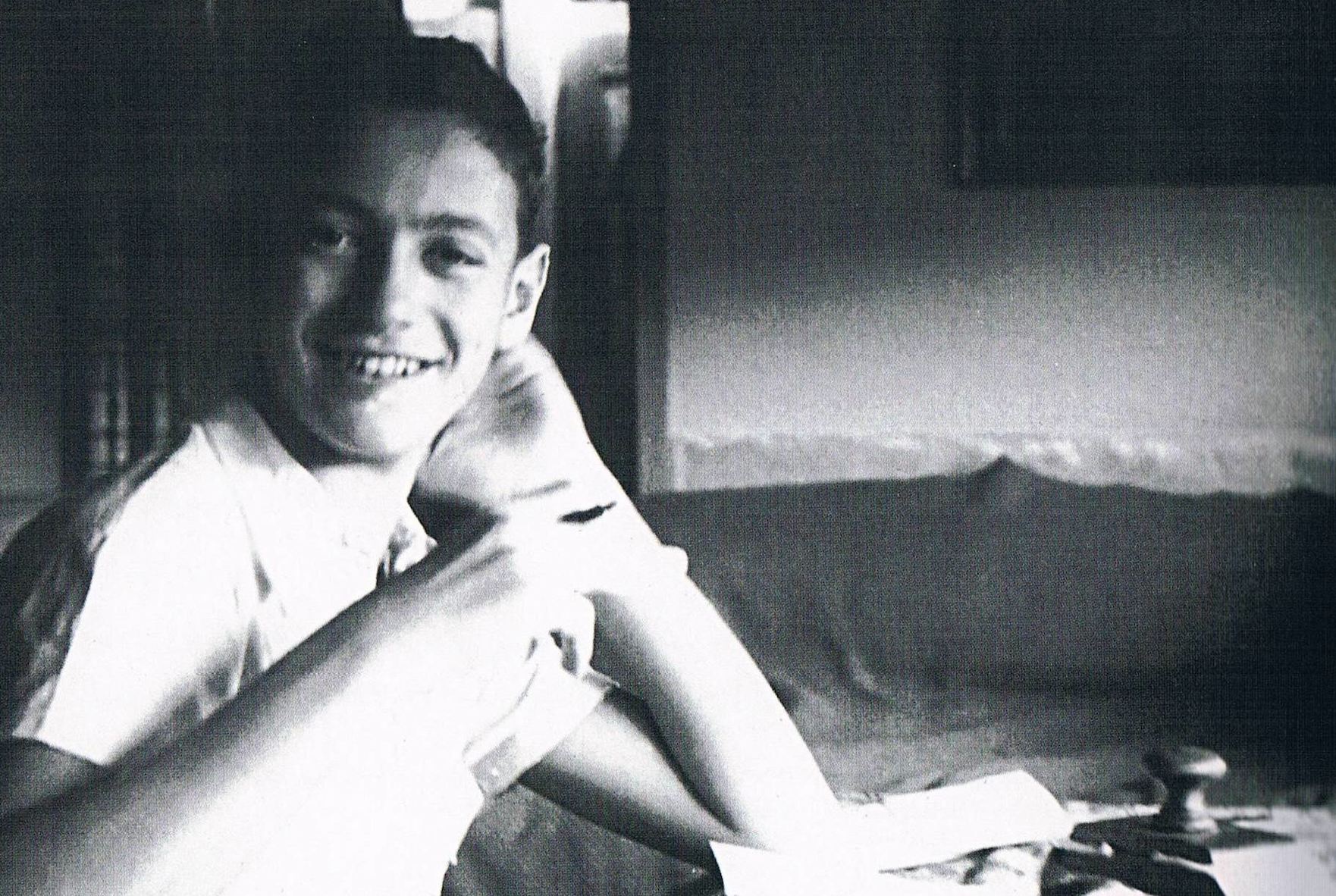
Geve was one of a small percentage of Holocaust survivors who managed to forge a happy and fulfilling life. Switzerland started his recovery but, like for so many others, his life was and remains a struggle.
Daily struggle
Winter explains this through her daily interaction with Holocaust survivors.
“They live through it every day. Most of them had nothing. It’s very difficult to start a life again after the Holocaust,” she said.
Winter talked about the strength of the survivors who can tell their life stories and share their experiences and memories. This can sometimes barely be expressed with words.
“They tell me it’s like pushing a button each time. They live through it again. Often they won’t sleep for three days before or three days afterwards. But they always say that they need to do it on behalf of the six million people who cannot speak because they were murdered.”
Winter gave the example of a lady who lives in Zurich. She survived the Warsaw Ghetto and remembered how fellow inmates used to say, “If someone survives this, please tell the world what happened.”
For today’s survivors, including Geve, it is their obligation until the end of their lives.
For all the work that Winter and Geve do, the threat of growing anti-Semitism still exists. It is one of the main reasons why so many survivors refuse to be acknowledged.
Some survivors have given the following warning: “This is how it started in 1933. Very slowly to begin with and then it gathered pace. No one ever believed that something like the Holocaust could happen. But it could happen again.”
‘Know the past’
Anita Winter continues to provide 24/7 support to Holocaust survivors in Switzerland and to build a sustainable education programme through her foundation. Her admiration and respect towards Holocaust survivors is clear.
“We cannot thank the survivors enough. They did it. They came to give the testimonies and make the films. What they have told us and future generations we cannot give back – there are no words,” she said.
Thomas Geve continues to give his testimony at Yad Vashem where his postcard drawings are kept under lock and key. His goal has not changed over the past 75 years: “Know the past – exactly what happened. Comprehend the deep meaning of it. Act accordingly.”
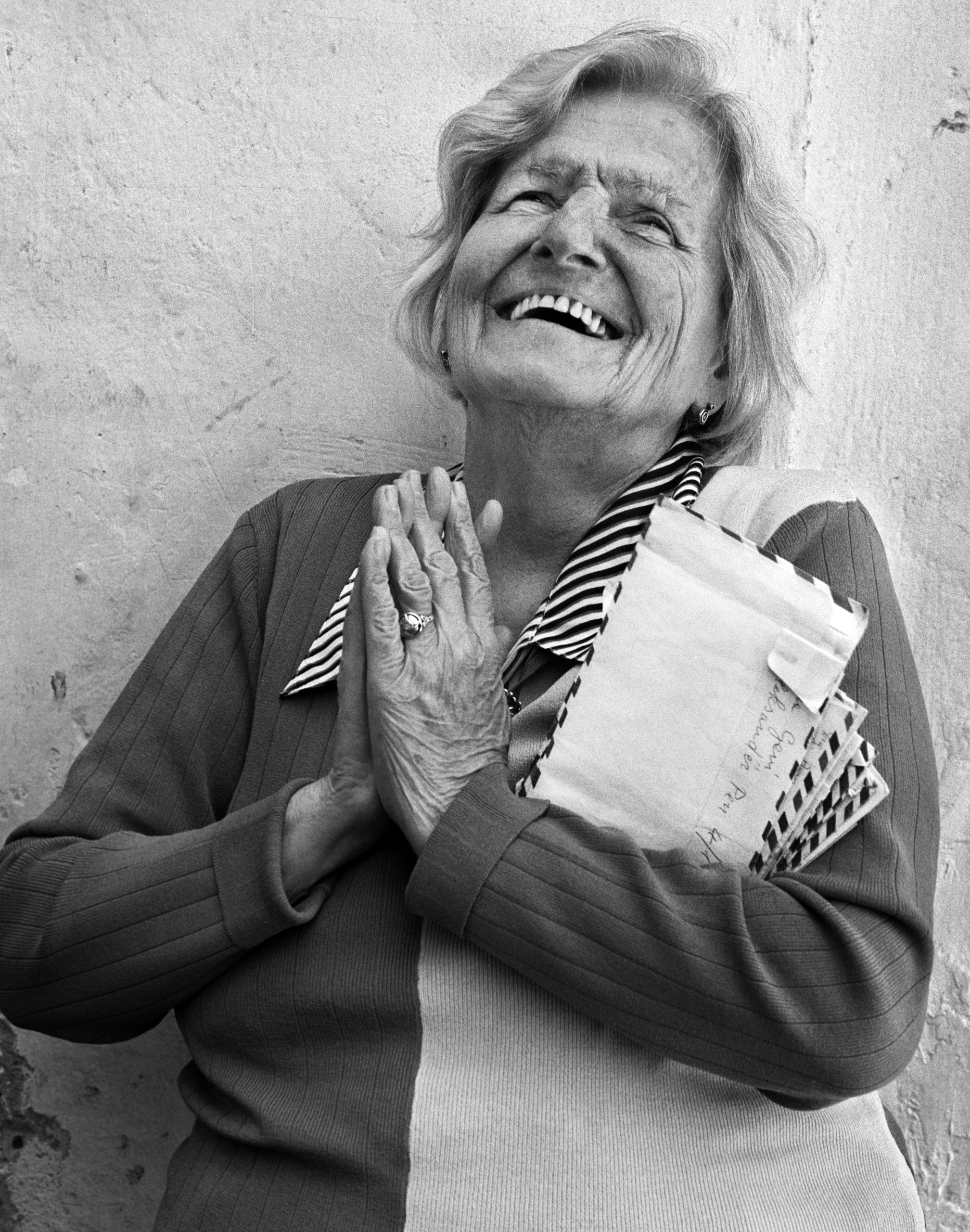
More
Ensuring the Holocaust ‘never happens again’

In compliance with the JTI standards
More: SWI swissinfo.ch certified by the Journalism Trust Initiative
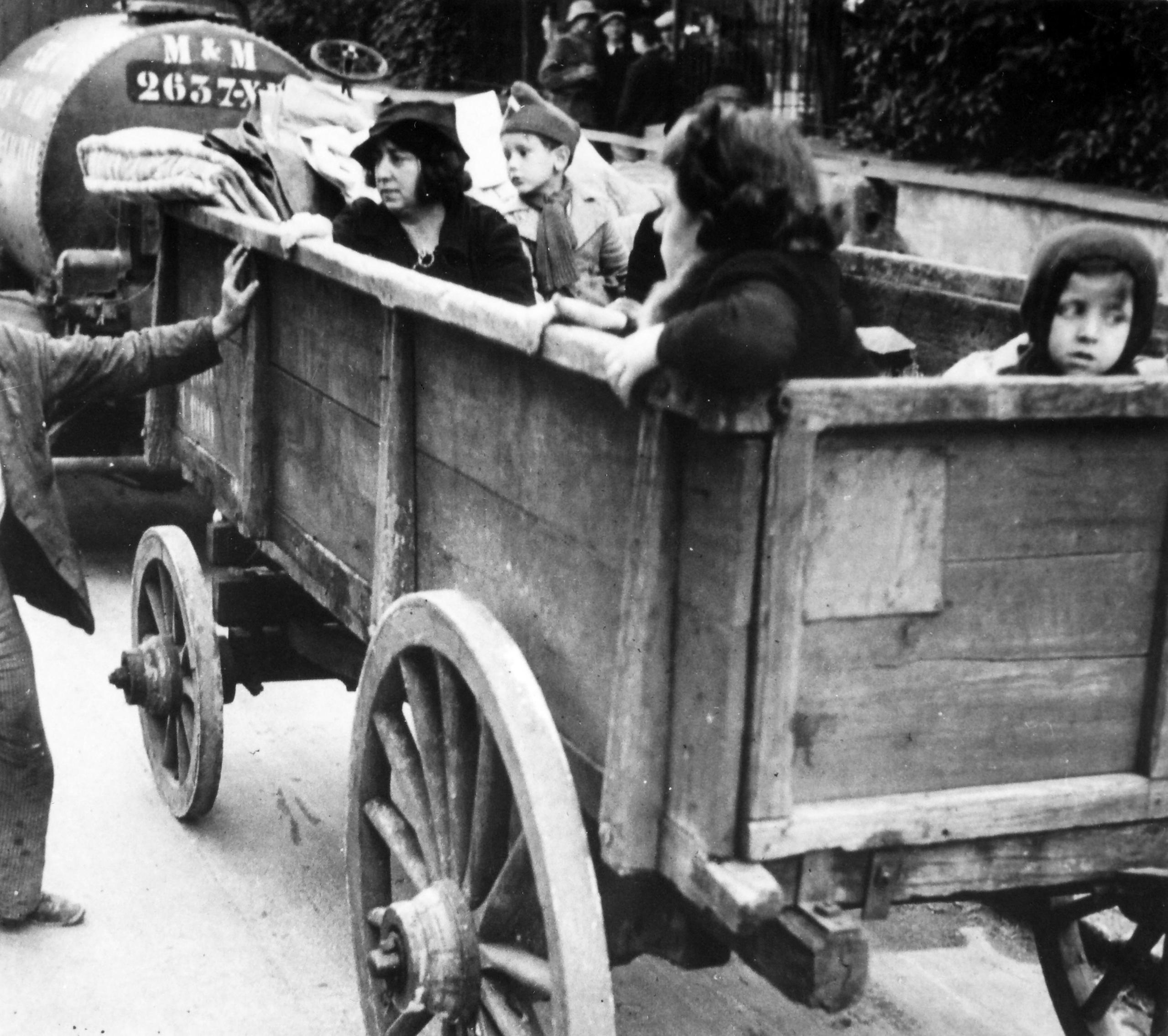
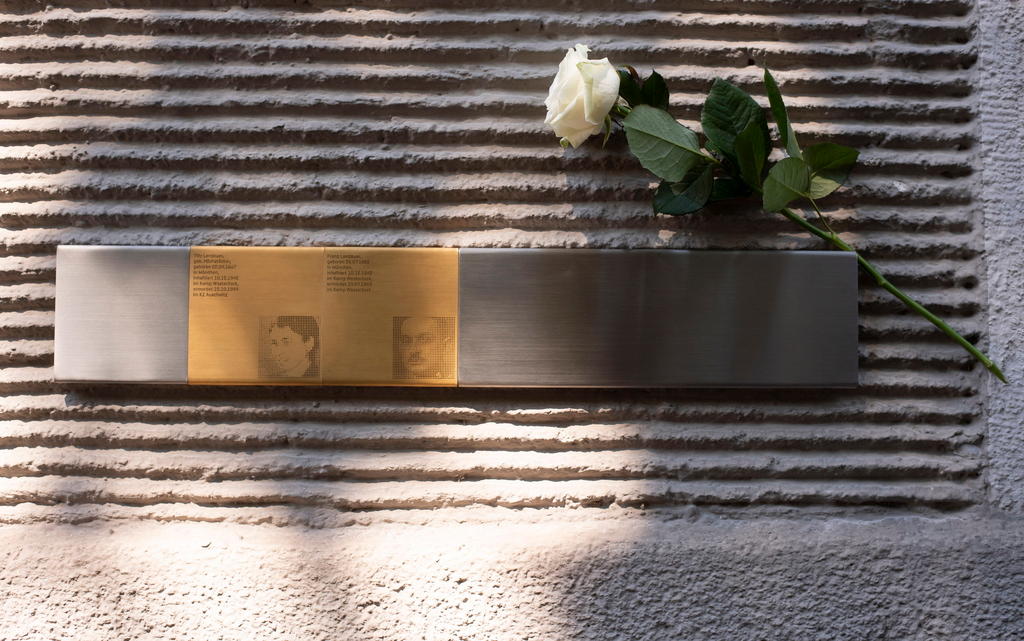
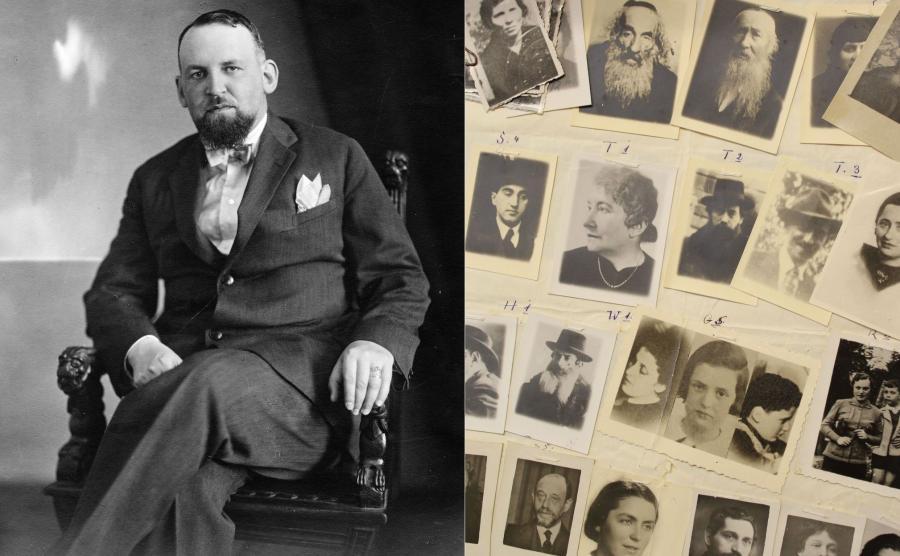
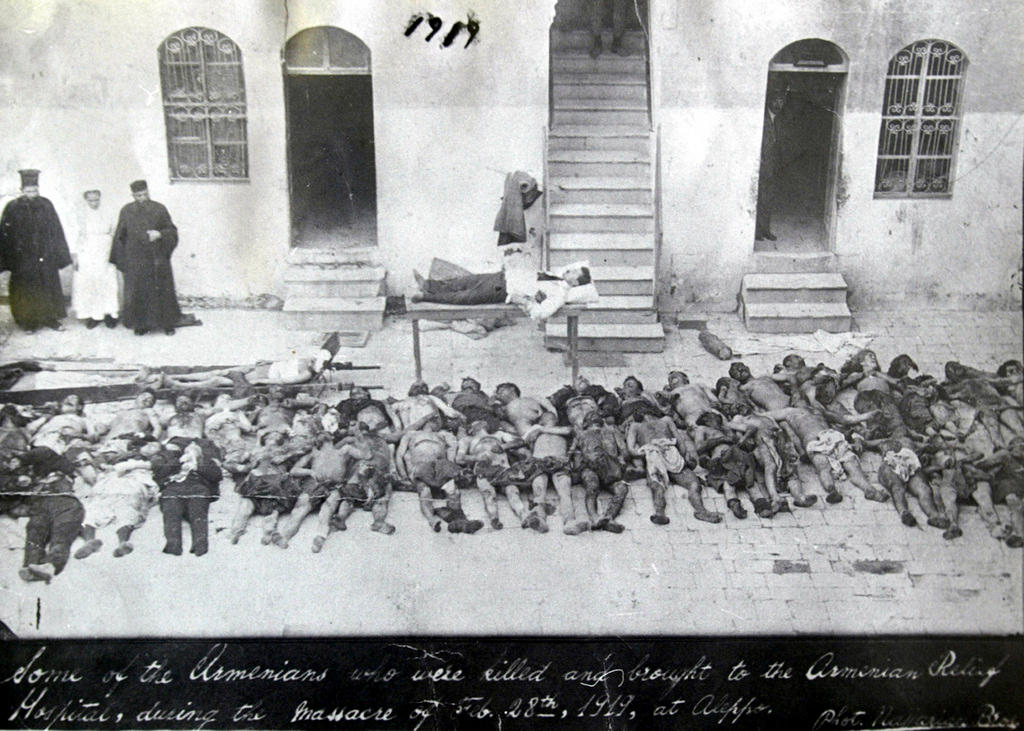
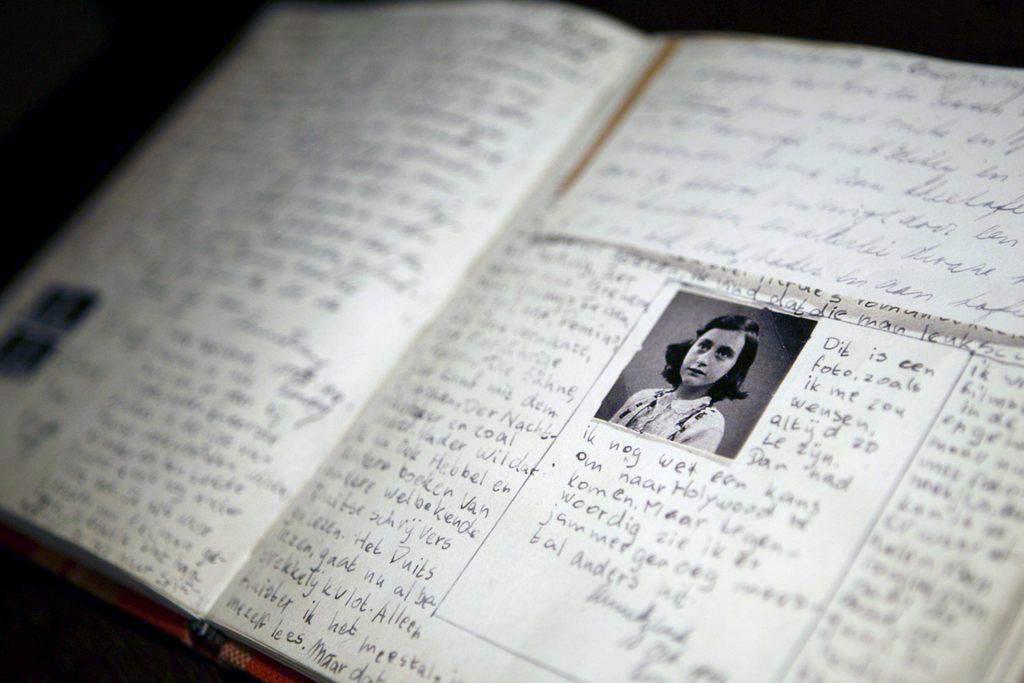
You can find an overview of ongoing debates with our journalists here. Please join us!
If you want to start a conversation about a topic raised in this article or want to report factual errors, email us at english@swissinfo.ch.